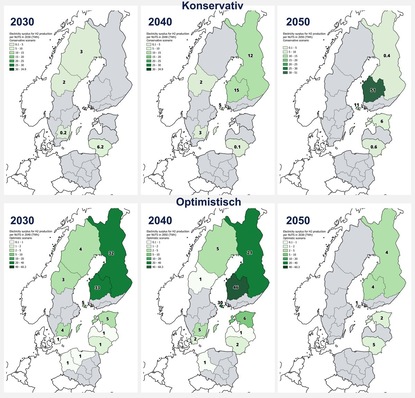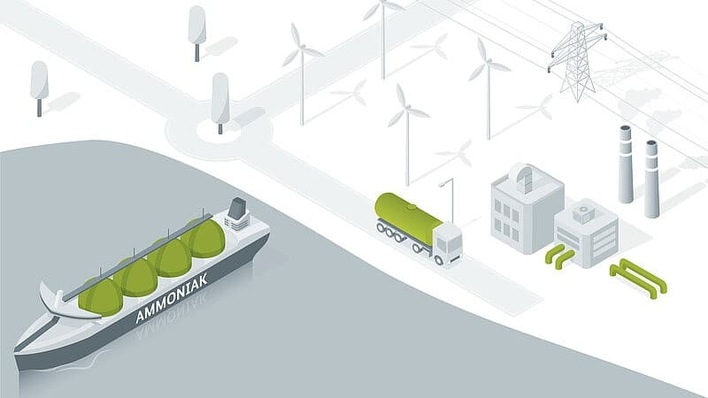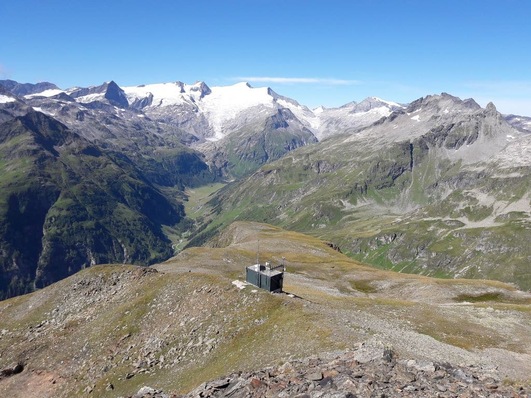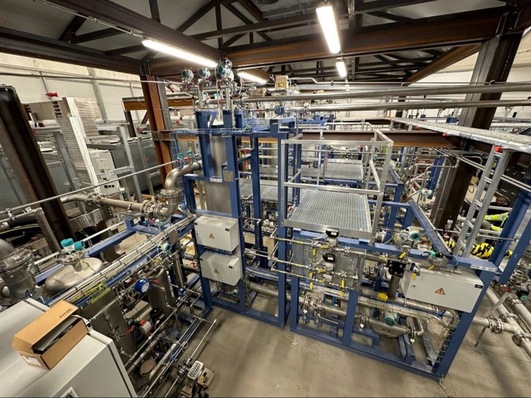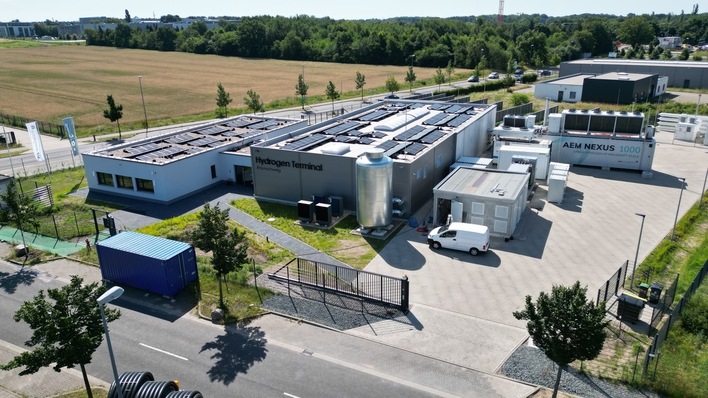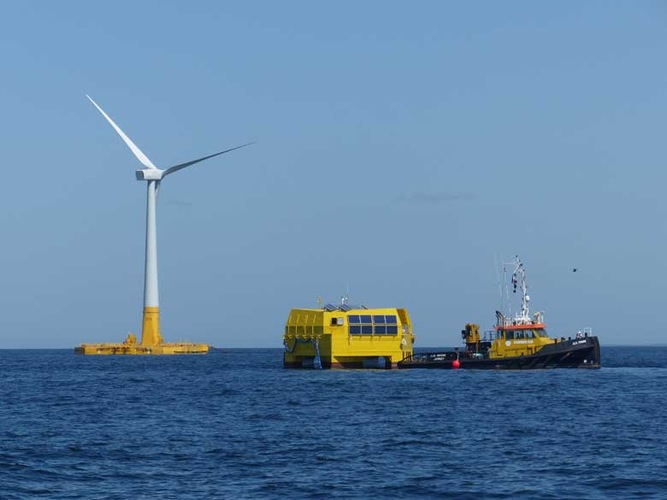
Far, far out in the Atlantic Ocean, the possibilities are enticing. The wind blows continuously and with great force, unhindered by land mass. If wind farms were built here, they would generate many gigawatt-hours of electricity around the clock. And this electrical energy could be used to produce many gigatons of green hydrogen. Luc Graré, who is responsible for Lhyfe’s international business, is convinced: “The potential for producing green hydrogen on a large scale at sea is enormous.”
Things aren’t quite there yet, however. The fledgling hydrogen company is still at the “dry run” stage, so to speak. In Bouin, south of Nantes, Lhyfe has been producing around 300 kilograms of hydrogen a day on land since Oct. 1, 2021. The site’s electrolyzer, supplied by Nel, utilizes power from three nearby wind generators in addition to sea water – just as the floating hydrogen plant would do.
A little further north, in Le Croisic, the company is gearing up to launch its first offshore electrolyzer – a Plug Power model – in late summer 2022. Off the coast of Le Croisic, the Centrale Nantes engineering school is trialing new maritime technologies: A wind turbine is positioned on a floating platform in the Atlantic. Treading water close by, like a yellow UFO, is the research station (see fig. 1), which uses solar and wave power to meet its own electricity needs. It is from this base that observers are looking to prove the seaworthiness and reliability of offshore electrolysis, with an initial aim of producing 440 kilograms of hydrogen per day. “The components have already been ordered,” stated Graré.
Reusing fossil-era infrastructure
For years now, wind farms have been advancing ever further into open sea. Nevertheless, the depth of the water and the distance from land-based connections are still limiting factors which prevent offshore energy production from venturing too far from coastal areas. Yet the arrival of floating foundations means it’s now possible for wind farms to be erected in deeper areas of the ocean. And when it comes to connection costs, converting the energy generated into hydrogen could bring about a breakthrough. “A pipeline is much cheaper than a power cable. The specific costs are around an eighth,” the electrical engineer from Belgium explained.
Author: Eva Augsten



